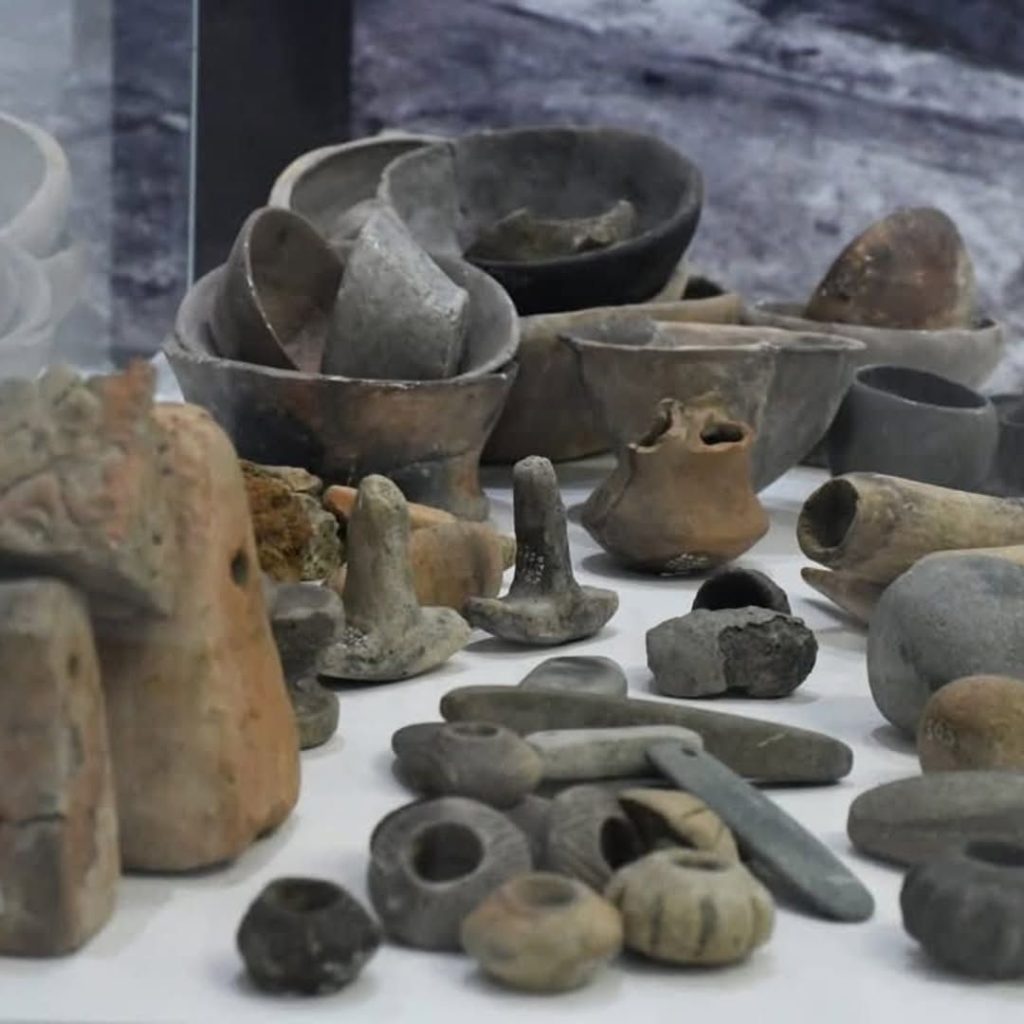
Located in the vibrant city of Banja Luka, the Museum of the Republic of Srpska stands as a treasure trove of history, culture, and knowledge. Established in 1930, this iconic institution has evolved through various eras, reflecting the region’s dynamic history. Under its current name, the museum has operated since 1992, signifying its role as a cultural cornerstone of the Republic of Srpska.
The museum has been housed in the House of Solidarity (formerly the Workers’ Solidarity House) since 1982. Over the decades, it has undergone several name changes and adapted its collections in response to the prevailing political climates in Banja Luka.
Organizational Structure and Rich Collections



The Museum of the Republic of Srpska is organized into seven key departments, each dedicated to preserving and showcasing diverse aspects of heritage and culture:
- Institute for Material Culture
- Archaeology
- History
- Ethnology and Ethnography
- Art History
- Natural Sciences
- Department of Intangible Culture
This division focuses on the preservation and celebration of intangible cultural heritage, including oral traditions, performing arts, and traditional knowledge. - Department of Documentation and Digitalization
Ensuring the longevity of historical records through advanced digital archiving methods. - Department of Conservation and Restoration
This department features specialized studios and workshops for the restoration of:- Paintings
- Textiles and leather
- Metals
- Stone, ceramics, porcelain, and glass
- Wooden artifacts
Additionally, the ZOO Dissection Workshop adds a unique dimension to the museum’s offerings.
- Department of Educational Work, Communications, and Public Relations
Engages with the community through educational programs, exhibitions, and media outreach. - Library and Publishing Department
Home to approximately 14,300 books, this department supports researchers and history enthusiasts. - Department of General Services
Handles administrative and operational tasks to ensure smooth functioning.
Extensive Collections and Exhibits

The museum boasts a remarkable collection of 106,364 artifacts, encompassing everything from ancient relics to modern treasures. Its recently renovated permanent exhibition offers visitors a comprehensive journey through time, covering eras from prehistory to the end of World War II.




